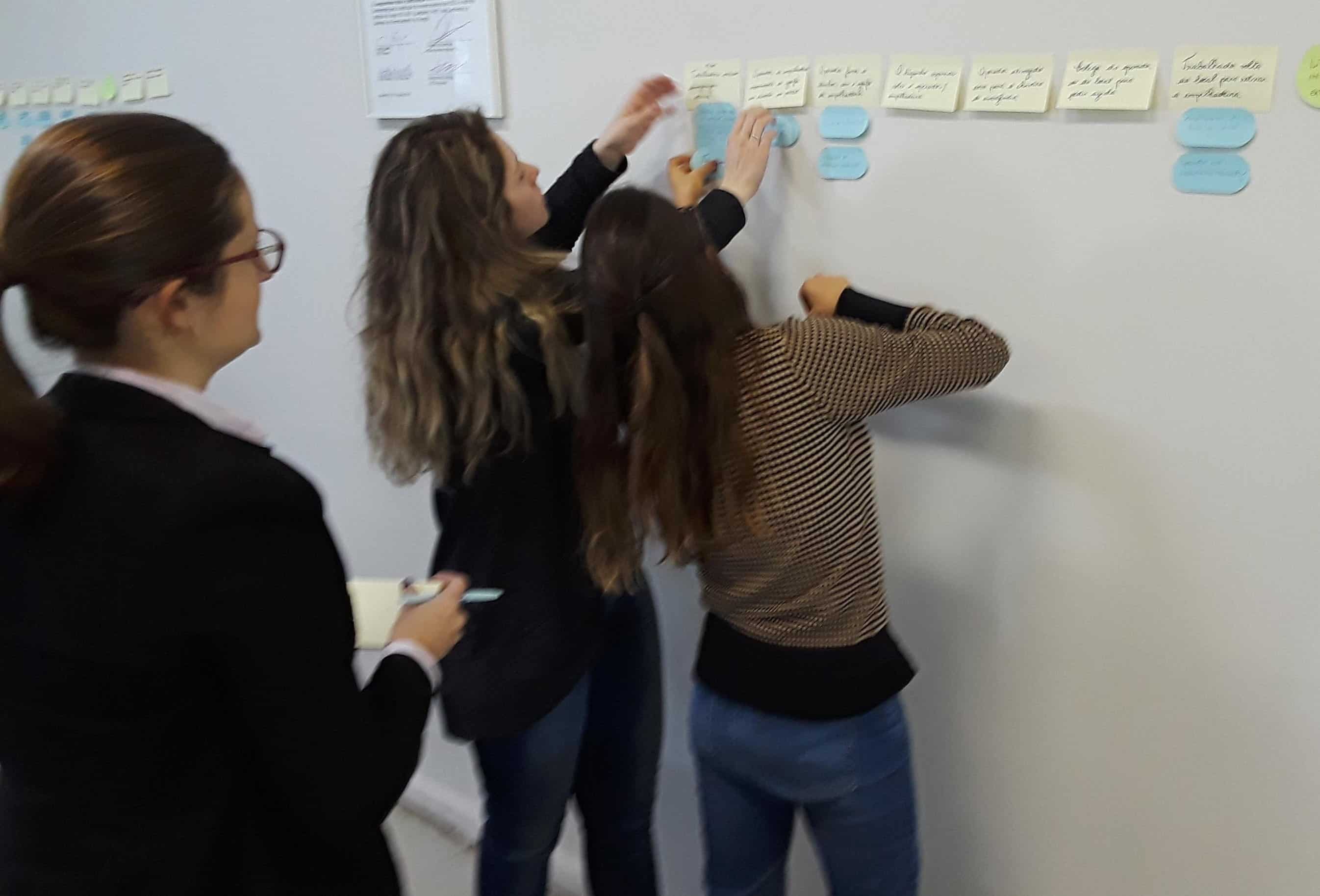Root Cause Tip: Safeguards and Traffic Accidents
In 1963 William Haddon wrote “A Note Concerning Accident Theory & Research with Special Reference to Motor Vehicles” in the Annual of The New York Academy of Sciences. This marked the start of “energy transfer” theory.
What did Haddon’s work lead to? The development (by the System Safety Development Center at EG&G in Idaho) of a new analysis technique: Barrier Analysis. Next, Linda Unger and Mark Paradies modified Barrier Analysis to develop the TapRooT® technique Safeguards Analysis. This development history is interesting but what can we learn from this history that is useful for current investigations?
First, the origin of Safeguards Analysis from motor vehicle accident research may be why Safeguards Analysis is so effective for traffic accident investigation. Safeguards Analysis does a great job showing how few safeguards are in place to prevent traffic accidents. One often finds that the “goodness” of the driver (their alertness, competence, and/or judgment) was all that stood between an accident and no accident.
Second, Safeguards Analysis shows the relationship between administrative control safeguards and human actions. Administrative controls (laws, traffic controls, …) require human action to make them work. For example, a red light doesn’t stop a car. The red light lets drivers know that THEY are required to stop. The driver must take action to comply with the light’s instructions (and avoid an accident). So the safeguard is a combination of an administrative control and human action.
Finally, Safeguards Analysis may show that instead of concentrating efforts on improving the driver, one may want to act to add additional safeguards to keep the hazard away from the target. In high hazard or high accident locations, this may mean modifying roads to add new, innovative safeguards that will prevent collisions instead of providing more driver training or adding new features to cars to reduce injuries after an accident occurs.



